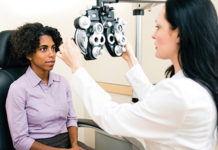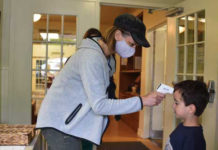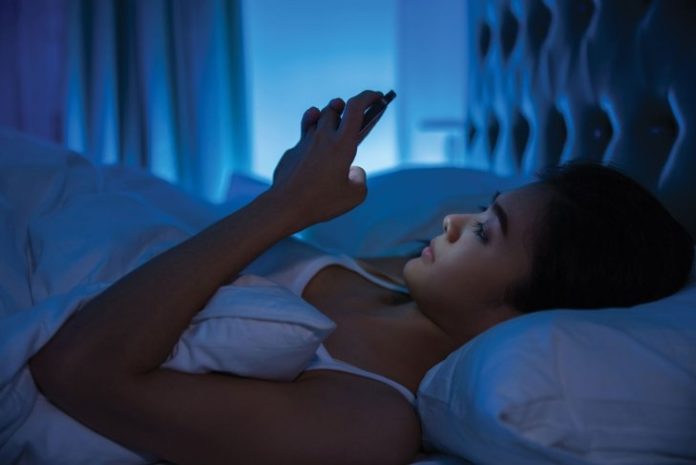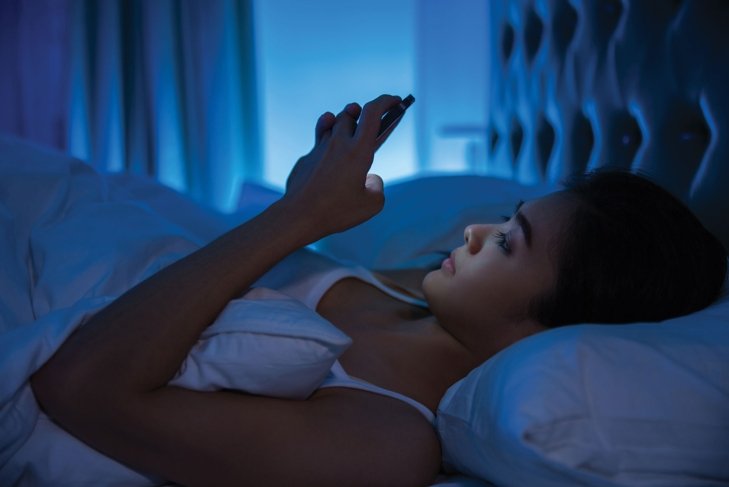
E-readers, your cellphone, and LED streetlights: just a few examples of convenient blue light-emitting devices. But these rays have drawbacks. Find out about the health hazards of blue light and what you can do to minimize them.
There’s a lot to like about blue light. During the day, blue light can bolster your attention, reaction times, and mood. But at night, it’s another story. Researchers are concerned that blue light may contribute to health issues, including obesity, cancer, and diabetes.
What’s in a colour?
Our eyes can detect three bands of colour: blue, yellow, and red, and we differentiate these colours through their wavelengths, or the energy they carry, says Robert Dick, a retired Ontario physics professor. These three colours blend together to create the complex colour scheme we see in the world. Combining yellow and red light creates an amber colour, and adding blue to this mix produces the colour white.
Shedding light on the hazard’s source
Blue light can interfere with our health, especially if it shines on us late in the evening and during the night through products including e-readers, cellphones, TV screens, and most LED light bulbs.
When compared with other light colours, blue light is the most powerful suppressant of melatonin (our body’s sleep signalling hormone). What’s more, it can also throw off our circadian rhythm (our body’s 24-hour cycle). Even a meagre amount of blue light can meddle with our system: eight lux—about twice the brightness of a nightlight—can alter our circadian rhythm and melatonin secretion, which may interfere with getting a good night’s rest. And according to research, insufficient sleep may increase our risk of diabetes, cancer, and depression.
Health concerns
Diabetes
In one Harvard study, researchers slowly shifted the circadian rhythm of 10 subjects. This led to an increase in blood sugar levels, sparking a prediabetic state and a decrease in leptin production (the hormone that makes you feel full after a meal).
Cancer
Researchers have linked shift work—which interferes with our internal clock—to cancer. In 2007, the World Health Organization announced shift work was a risk factor for breast cancer. And in 2009, some female shift workers with breast cancer began to receive compensation from the Danish government.
Depression
Researchers have also linked depression to blue light at night because sleep deprivation—which is often caused by blue light at night—frequently produces depression. In one 2017 study, participants who were acutely sleep deprived and asked to identify happy, sad, and neutral faces were less likely to focus on the happy faces.
Said study leader Dr. Ivan Vargas in an online article, “… if you don’t get enough sleep, it reduces your ability to attend to positive things, which over time may confer risk for depression.”
Eye health
Our eyes can also suffer from being exposed to excessive blue light. Although our eyes block out UV light, blue light can penetrate the cornea and lens and reach the retina. When too much blue light is absorbed by the eyes, cataracts, age-related macular degeneration, and eyestrain are thought to result.
Consequences for the environment
The impact of blue light is not limited to the indoors. Because LED lighting is known as a cost and energy saver (and uses fewer fossil-based fuels), many streetlights have been converted to LED. On the road, intense LED blue light can worsen nighttime glare, creating a road safety hazard.
Animals are also affected by outdoor nighttime light in general. Many animals need a dark environment—including some bird, insect, turtle, and fish species—and can become disoriented by excessive outdoor lighting.
Despite these issues, Dick remains positive. He says many lighting companies are starting to manufacture low blue lighting in an effort to accommodate increasing public awareness.
However, Dick acknowledges this process will take time.
“Right now, a lot of cities have already changed their older amber light into white light,” says Dick. Ottawa, for example, installed 58,000 LED streetlights in 2016. “Sadly, they’ll be stuck with them for about 20 years, and so will their citizens.”
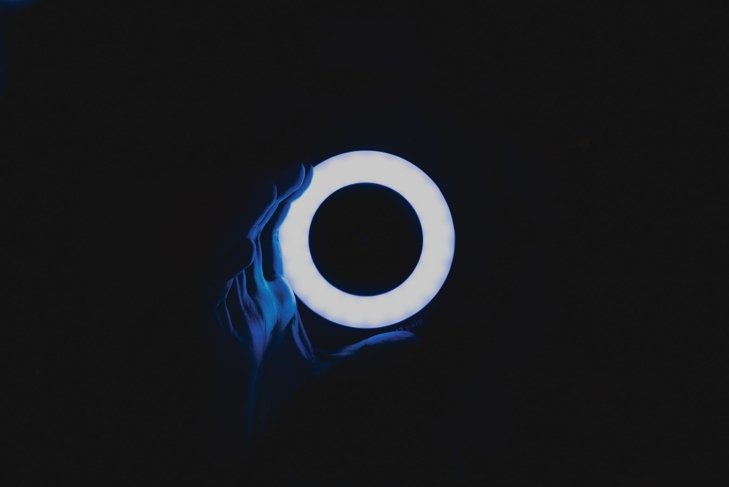
Here are a few tips to help you avoid the negative effects of blue light.
- Replace your nightlight bulb with a dim red light. Of all the colours, red light has the lowest impact on your circadian rhythm and melatonin levels.
- Two to three hours before bedtime, avoid looking at bright screens.
- Stay in bright light as often as you can during the day. Not only will you be more likely to sleep more soundly, but your mood and alertness may also improve during the day. You could try taking an early morning walk, placing your office desk near a window, or using a bright light—either one that emits 1,000 lux or a blue-hued light at eye level.
- If you’re frequently pulling nighttime shifts or often using electronic devices at night, blue-blocking glasses or an app that filters the blue/green light (such as f.lux) could help.
- Try the great outdoors: in a recent study, subjects who went camping for the weekend saw their melatonin rise 1.4 hours earlier than non-campers. They also fell asleep earlier and felt less groggy in the morning.






